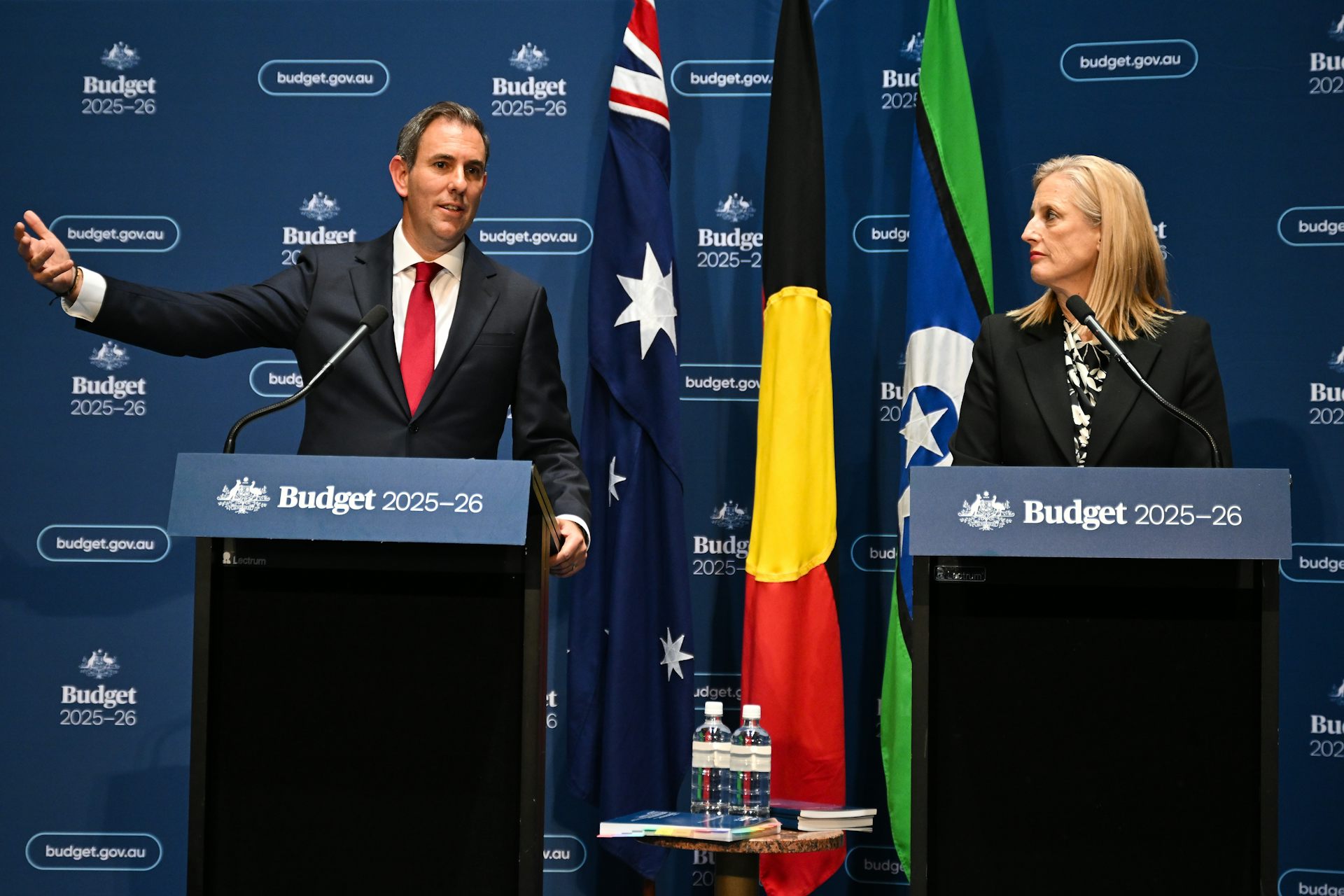
Budget 2025: Are Tax Cuts a Lifeline or a Political Hoax?
The 2025 federal budget has sparked intense debate across the political spectrum, with tax cuts taking center stage. Treasurer Jim Chalmers has unveiled his fourth budget, introducing tax relief measures aimed at easing the cost-of-living crisis. However, the opposition has labeled these tax cuts a "cruel hoax," setting the stage for a fierce pre-election battle.
For Australians earning an average of $79,000 a year, the budget promises a tax cut of $1,600 starting in 2026. Additionally, middle-income households could see a combined financial boost of over $15,000 in the next four years, thanks to various cost-of-living measures. Electricity bill rebates will continue, offering an extra $150 relief to households, while Medicare and bulk billing incentives receive historic investments. These measures are positioned as a way to create a more competitive and productive economy, a sentiment echoed by Chalmers.
But not everyone is convinced. The Coalition argues that these tax cuts fail to address long-term economic challenges and are merely a pre-election strategy to win votes. Shadow Treasurer Angus Taylor has slammed the budget, calling it a deceptive move that does little to tackle inflation, job security, or national debt. The deficit is projected to rise, with net debt expected to increase from 19.9% of GDP in 2025-26 to 23.1% in 2028-29, raising concerns about fiscal sustainability.
Also Read:- Russell Wilson Joins the Giants, but Can He Change Their Fate?
- I Won a £3M James Bond-Style Omaze House in Devon, But Returned It in Just Three Days
Meanwhile, changes to workplace policies have also drawn scrutiny. The government plans to ban non-compete clauses in employment contracts, aiming to enhance labor mobility and increase wages. However, business leaders warn that this could lead to instability, litigation, and a potential exodus of skilled employees to competitors.
Regional Australia also finds itself at the heart of the debate. Nationals leader David Littleproud has criticized the budget for its lack of support for rural communities, stating that less than 1% of infrastructure spending will go toward regional projects. Similarly, housing affordability remains a pressing issue, with experts arguing that the government's initiatives, including the expansion of the Help to Buy scheme, fail to tackle the core problem of supply shortages.
On the Indigenous front, First Nations communities have expressed disappointment, calling the budget’s funding allocation "crumbs on the table." While the government highlights $1.3 billion in commitments over six years, critics argue that much of it consists of previously announced measures, with little new support for First Nations-led initiatives.
The healthcare sector has welcomed increased investments in Medicare and bulk billing, yet concerns linger over structural reforms. While the government touts an additional $7.9 billion to expand bulk billing incentives, medical associations argue that deeper systemic changes are needed to ensure sustainable access to care.
In education, the budget maintains commitments to childcare subsidies and school funding agreements but introduces no major new initiatives. University students will see some relief, with a $738 million package aimed at reducing student debt by 20%, though broader concerns about higher education funding persist.
Ultimately, Budget 2025 attempts to strike a balance between immediate relief and long-term economic planning. Whether it truly delivers for Australians or simply sets the stage for an election showdown remains to be seen. The coming months will reveal whether these measures translate into real economic stability or if they’re just political maneuvering wrapped in fiscal optimism.
Read More:


0 Comments